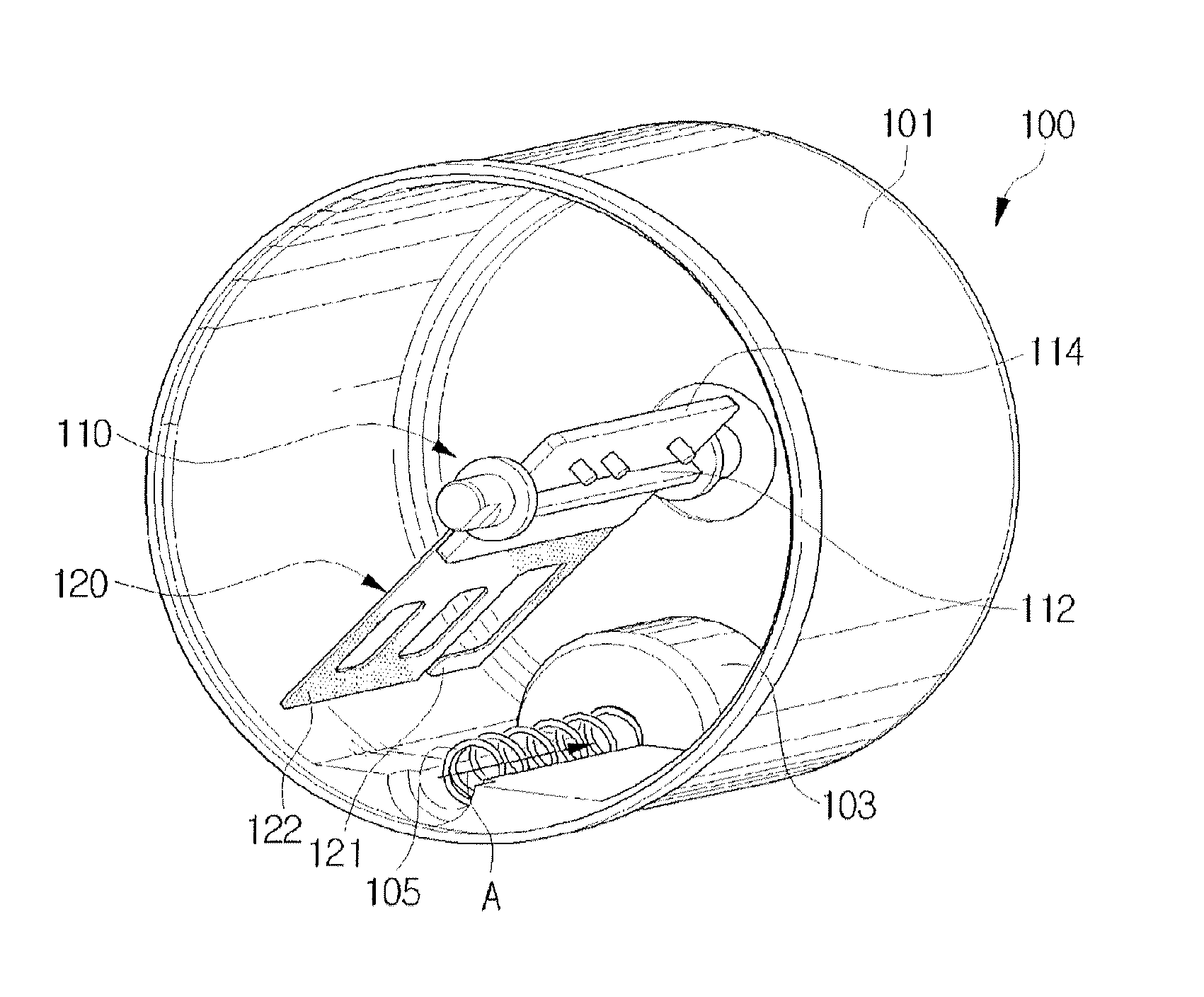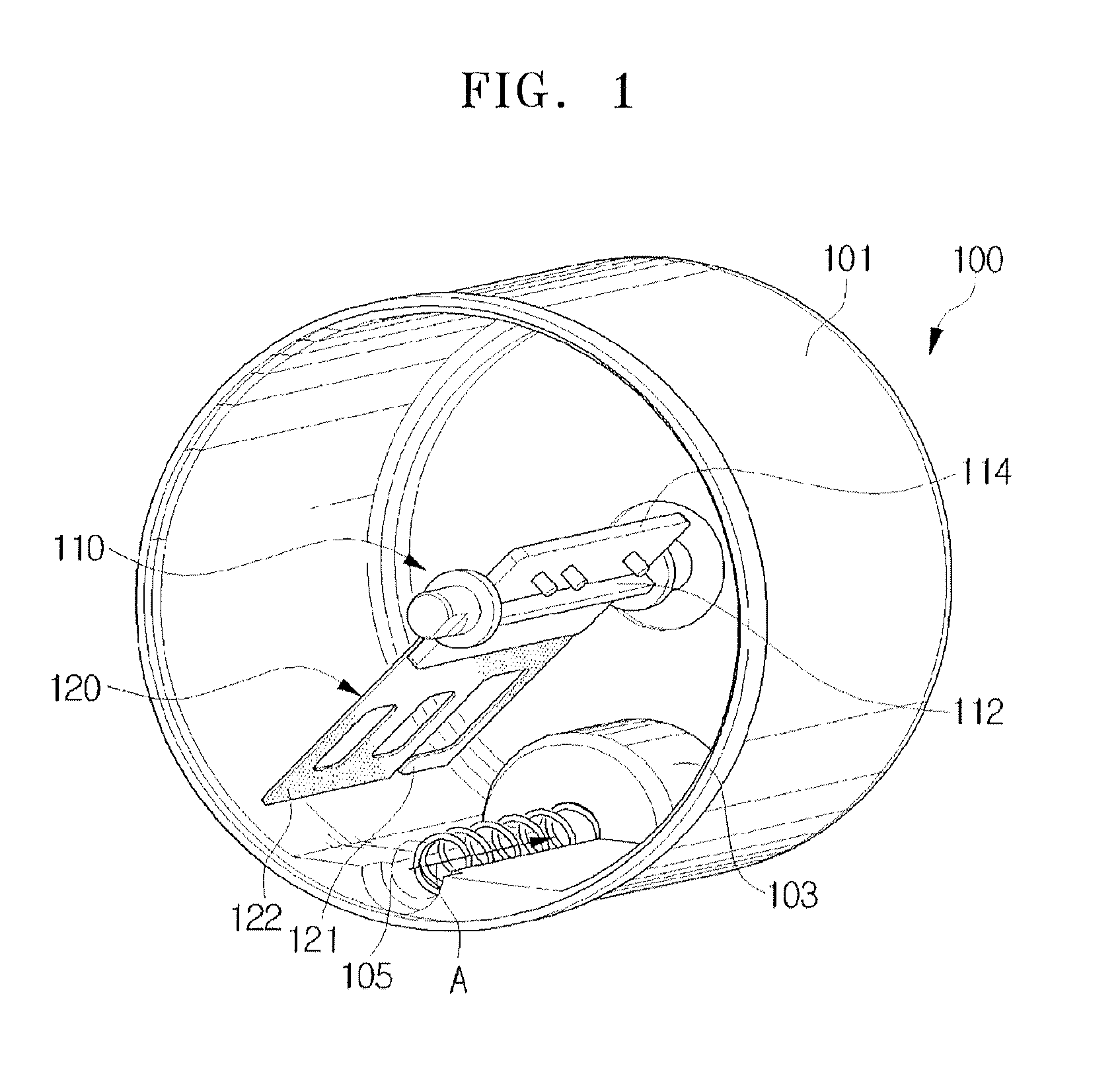Toner to develop an electrostatic latent image and method of preparing the same
a technology of latent image and toner, which is applied in the field of toner to develop an electrostatic latent image, can solve the problems of adverse effects on toner preparation yield, difficulty in precisely controlling particle size and particle size distribution, and limit the change/adjustment of toner design to obtain desirable charging and fixing properties, etc., to achieve satisfactory fixing properties, excellent image quality, and sufficient gloss
- Summary
- Abstract
- Description
- Claims
- Application Information
AI Technical Summary
Benefits of technology
Problems solved by technology
Method used
Image
Examples
example 1
Synthesis of First Latex Particles
[0128]A monomer mixture of 234 g of styrene, 96 g of n-butyl acrylate, 14 g of methacrylic acid and 6.5 g of polyethylene glycol-ethyl ether methacrylate, and 5 g of dodecanthiol as a chain transfer agent were mixed. 500 g of 2% aqueous solution of SDS (Aldrich) was added to the monomer mixture to then be emulsified at a temperature from 60 to 80° C. using an ultrasonic homogenizer, to yield a polymerizable monomer emulsion. The prepared polymerizable monomer emulsion was added to a reactor that was heated to 80° C., 860 g of 3.2% potassium persulfate (KPS) aqueous solution as a polymerization initiator was added thereto, and then the resultant was reacted while nitrogen was purged into the reactor for 2 hours. When the reaction was terminated, a monomer mixture of 145 g of styrene, 66 g of n-butyl acrylate and 9 g of methacrylic acid, and 3.3 g of 1-dodecanethiol was added to the reactor using a starved-feeding method for 60 minutes and the mixture...
example 2
[0139]Toner was prepared in the same manner as in Example 1, except that instead of PSI-B, PSI-C was used as an agglomerating agent.
[0140]GSDp and GSDv of the toner were respectively 1.280 and 1.216. An average circularity of the toner was 0.972.
example 3
[0141]Toner was prepared in the same manner as in Example 1, except that instead of PSI-B, PSI-D was used as an agglomerating agent.
[0142]GSDp and GSDv of the toner were respectively 1.271 and 1.210. An average circularity of the toner was 0.972.
PUM
 Login to View More
Login to View More Abstract
Description
Claims
Application Information
 Login to View More
Login to View More - R&D
- Intellectual Property
- Life Sciences
- Materials
- Tech Scout
- Unparalleled Data Quality
- Higher Quality Content
- 60% Fewer Hallucinations
Browse by: Latest US Patents, China's latest patents, Technical Efficacy Thesaurus, Application Domain, Technology Topic, Popular Technical Reports.
© 2025 PatSnap. All rights reserved.Legal|Privacy policy|Modern Slavery Act Transparency Statement|Sitemap|About US| Contact US: help@patsnap.com



